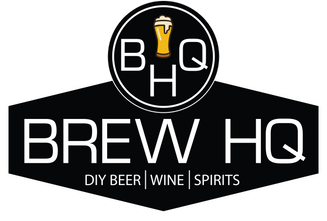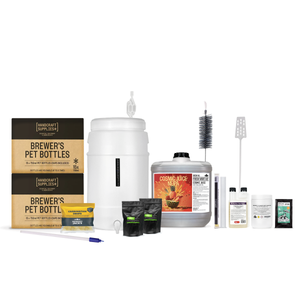
19L Cornelius Keg Carbonation Lid for Continuous Soda Water
Ball Lock Keg Fittings
Replaces the standard Cornelius keg lid with a modified lid to keep the keg full of tap water.
The perfect keg accessory for those using kegerators or homemade keezers to get soda water on tap without the need to constantly fill up kegs with water and waiting for them to cool down and carbonate. These lids replace the standard lid that comes with ball lock (Cornelius) style kegs.
To Setup a continuous sodawater system:
1. Position the keg inside your fridge, kegerator, coolroom, or anywhere cold (ideally below 5C).
2. Attach your dispensing tap of choice to the soda water outpost.
3. Attach your gas to the gas in post. We would highly recommend one of the following one way check valves to ensure water does not travel up your gas line and into your CO2 bottle or regulator which could potentially damage these products.
4. Set your CO2 regulator that is connected to the gas post to 30-50psi. (higher pressures will give you more carbonation so set your regulator pressure to achieve desired carbonation level).
5. The first time you use this unit it's a good idea to purge the air from the headspace of the keg. To do this pull the PRV on the keg lid about 5 times for 2-second bursts.
6. Connect the mains water to the water inlet post on the lid of the keg. We recommend using a check valve for this application to prevent soda water going back into your house mains. We recommend this duotight check valve. Also, it's a good idea to reduce your mains water pressure. Most domestic mains water pressure is over 100psi. For this unit to work well the mains water pressure should be 10-15psi higher than your regulator set pressure (from step 4). To regulate your water pressure we would recommend the use of our Inline Regulator
That's it. This simple unit will give you continuous soda water connected to your mains water. Great for a bar cafe, restaurant or just at home.
This is capable of carbonating 10 Liters per hour if you have sufficient ability to cool the water. The colder the water and the higher the gas pressure (from step 4) the higher the carbonation level you will have.


